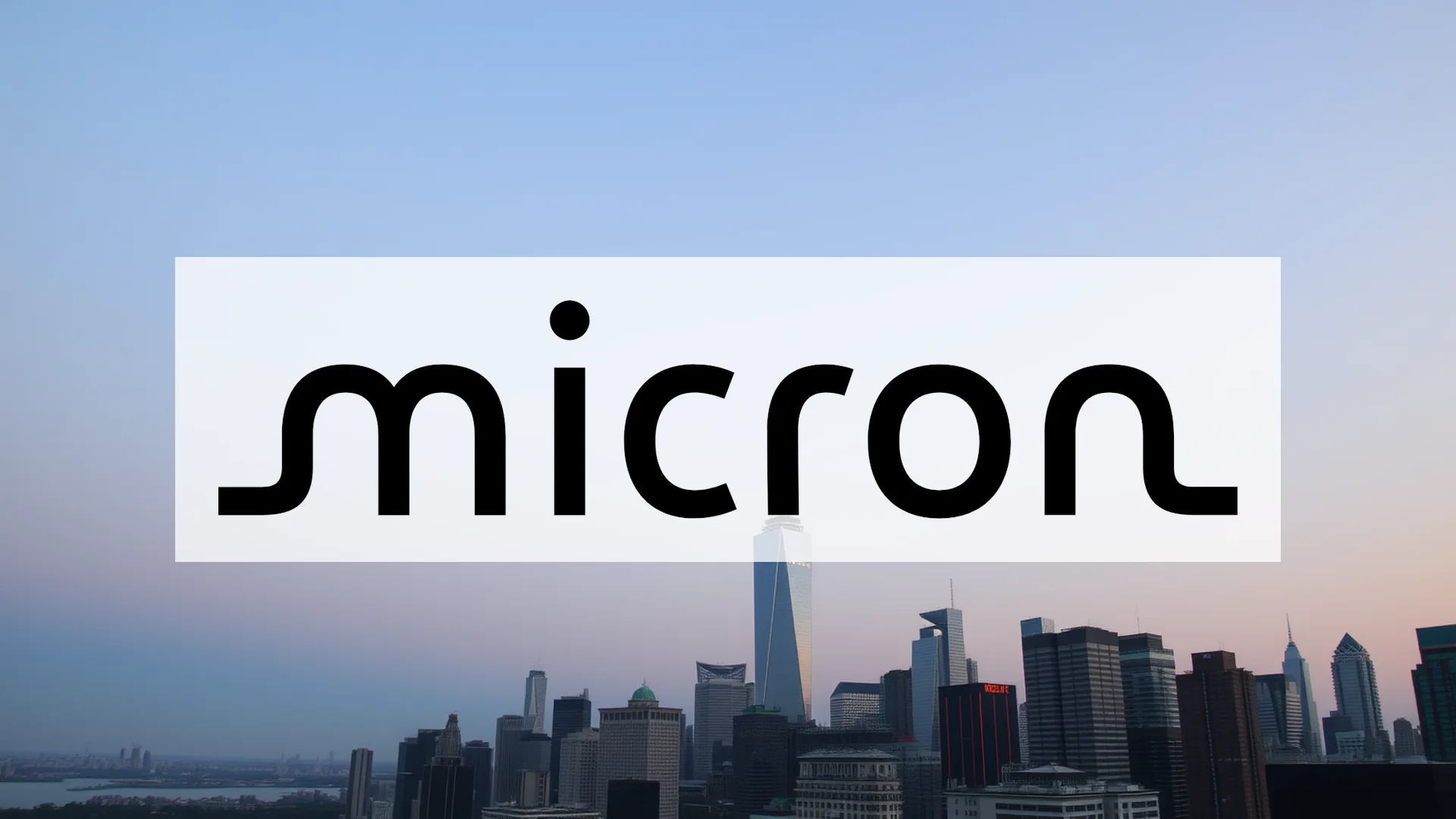Online retailer Beyond Inc., previously operating under the Overstock name, is embarking on a significant corporate transformation. In a strategic shift, the company is reviving a well-known legacy brand. By the end of August, it will officially rebrand as Bed Bath & Beyond Inc. and will readopt its former ticker symbol, BBBY, for its stock exchange listing. However, this revival of a brand name acquired from bankruptcy comes with a notable geographical exception in its expansion plans.
A Calculated Avoidance of the California Market
The company’s executive chairman, Marcus Lemonis, recently articulated a clear stance on physical retail in California. He described the state as “overregulated, expensive, and risky,” justifying the firm’s decision to completely avoid opening brick-and-mortar stores there. Despite California’s substantial consumer purchasing power, Lemonis cited prohibitive taxes, elevated wage costs, and complex bureaucratic challenges as barriers to achieving profitable operations.
This boycott, however, does not signify a retreat from the California market. Instead, Beyond Inc. is doubling down on its e-commerce capabilities to serve the state’s vast population. The strategy promises California customers delivery within 24 to 48 hours, with many orders arriving the same day. This digital-first approach demonstrates a tactical workaround for navigating regulatory complexities rather than confronting them directly.
Hybrid Growth: E-commerce and Selective Physical Expansion
While California will be served exclusively online, Beyond Inc. is pursuing a physical retail footprint in other states. Leveraging the intellectual property rights acquired from Bed Bath & Beyond’s bankruptcy, the company is actively converting existing Kirkland’s locations into new Bed Bath & Beyond Home stores. Following an initial pilot location in Nashville this August, the company plans to open approximately 75 additional stores over the next twelve months, contingent on the pilot’s performance meeting expectations.
Should investors sell immediately? Or is it worth buying Overstock?
This dual-track strategy reflects an adaptable approach to market conditions, leveraging online strength where physical retail is deemed too challenging while using a physical presence to deepen market penetration in more favorable regions.
Financial Performance Amid Strategic Pivot
The company’s latest quarterly results, released in July, highlight the ongoing challenges within this transition. Net revenue experienced a significant decline of 29.1 percent. Despite this top-line weakness, the report contained several positive underlying indicators. The gross margin showed improvement, overall losses narrowed, and both adjusted earnings per share (-$0.22) and revenue ($282.25 million) substantially exceeded analyst forecasts.
The critical question remains whether the return to the Bed Bath & Beyond name, coupled with this flexible market strategy, will be sufficient to drive a successful turnaround. The announcement did provide a modest boost to the company’s share price, though it remains far below its peak from the previous September.
Ad
Overstock Stock: Buy or Sell?! New Overstock Analysis from November 20 delivers the answer:
The latest Overstock figures speak for themselves: Urgent action needed for Overstock investors. Is it worth buying or should you sell? Find out what to do now in the current free analysis from November 20.
Overstock: Buy or sell? Read more here...













